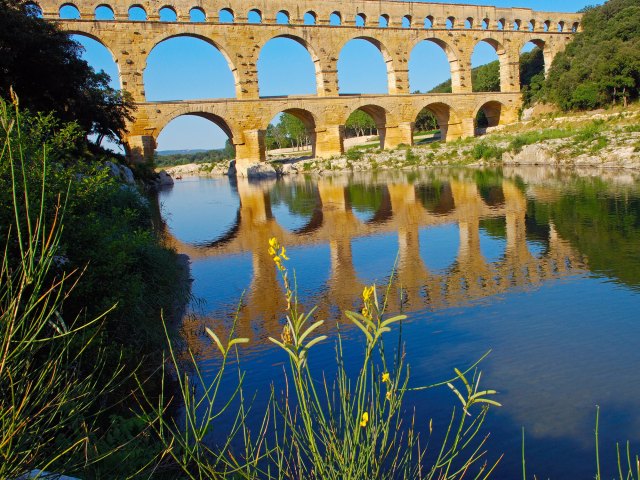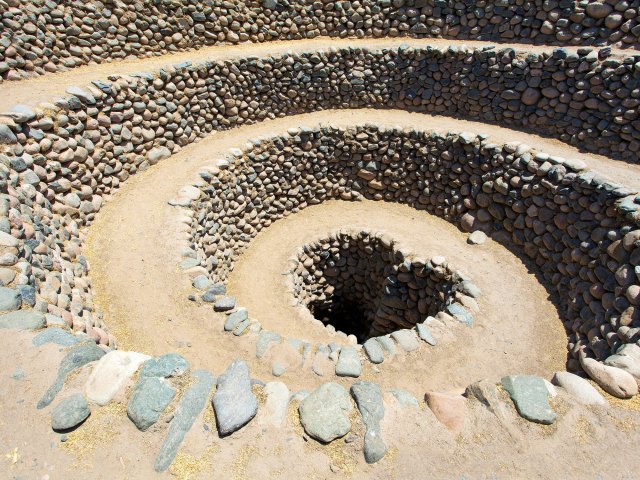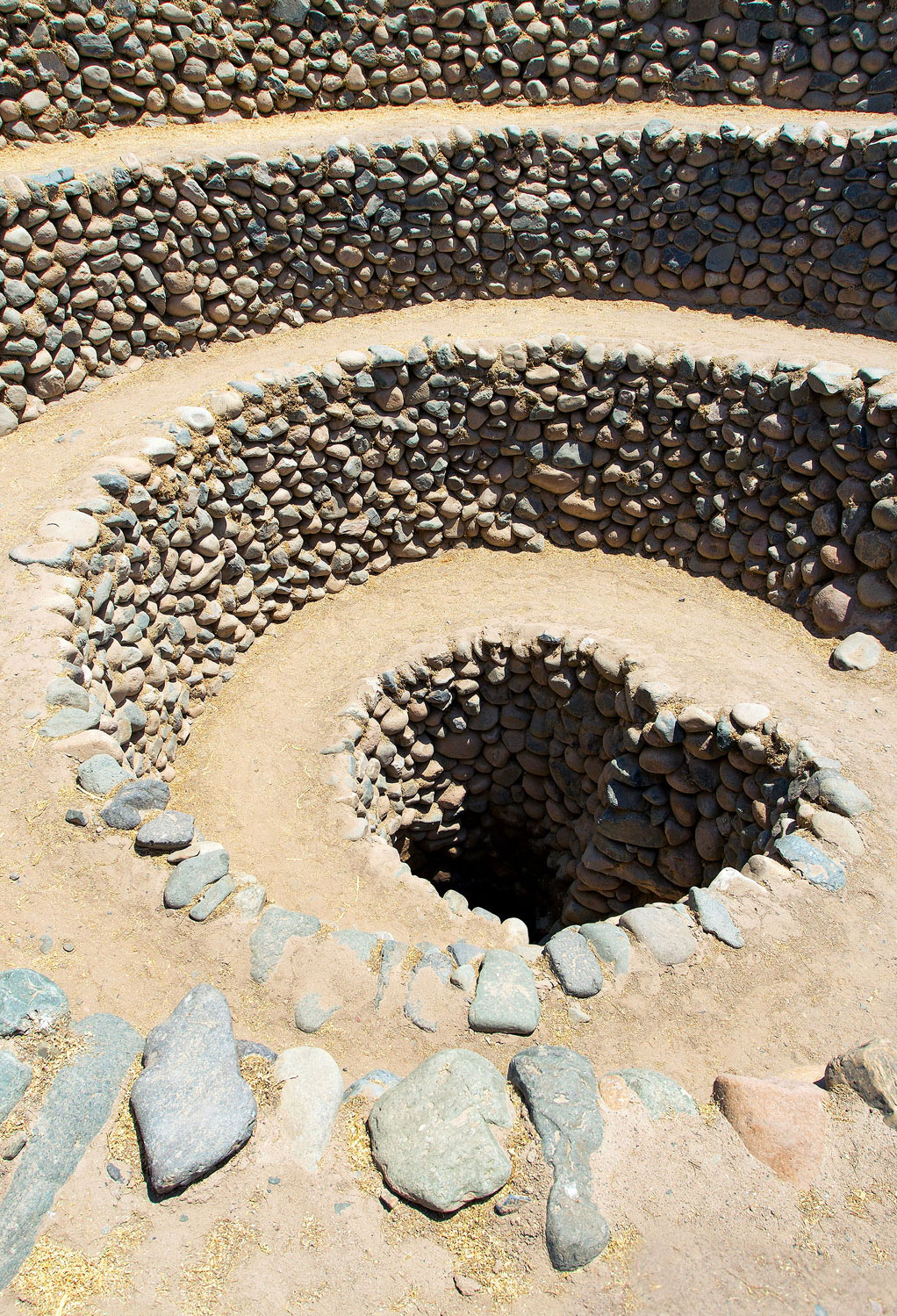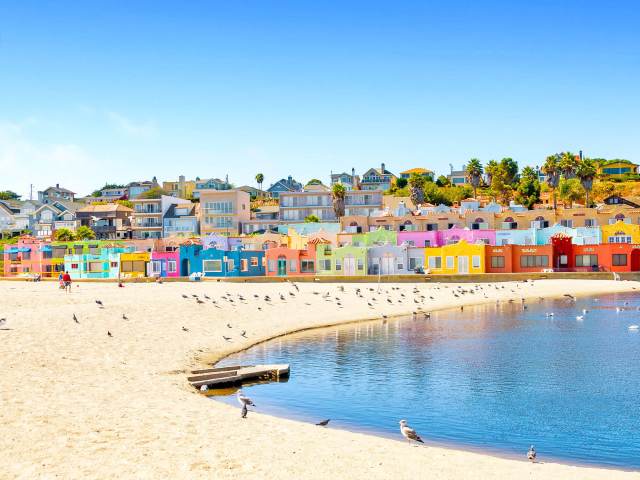Aqueducts were incredibly useful in ancient times. For centuries, these conduits transported water to cities and towns that needed it, which were often many miles away. In particular, the Roman Empire was well-known for its advanced system of aqueducts, which were constructed from 312 BCE to 226 CE. Today, only a few of these ancient feats of engineering are still standing, all the more impressive when you consider they’ve remained for more than a millennium. From Spain to India and Peru, here are five of the most spectacular ancient aqueducts around the world.
Pont du Gard – Vers-Pont-du-Gard, France

One of the the best-preserved examples of a Roman aqueduct standing today, France’s Pont du Gard was built in the first century CE. Part of a 31-mile aqueduct built to carry water over the Gard River to the Roman city of Nîmes, the three-story Pont du Gard is the world’s tallest Roman aqueduct bridge (reaching 160 feet tall) and the most-visited ancient monument in France.
In 1985, it was designated a UNESCO World Heritage Site as “an outstanding example of bridges built in ancient times” and “a technical as well as artistic masterpiece.” Visitors can stroll along the 3.5-mile Aqueduct Trail for the best views and check the Pont du Gard Visitor Center and Museum. Be sure to stick around for the evening bridge lighting at nightfall.
Aqueduct of Segovia – Segovia, Spain

France’s Pont du Gard and Spain’s Aqueduct of Segovia have a surprising number of similarities. Both were built under the rule of the Roman Empire, both were constructed around the year 50 CE and are exceptionally well-preserved today, and both were named UNESCO World Heritage Sites in 1985.
A symbol of the city where it stands, the Aqueduct of Segovia is still in use today, transporting water for 10 miles from the Frío River to central Segovia. The 2,388-foot-long structure was made with granite blocks from the nearby Guadarrama Mountains and features 165 scenic arches. While the aqueduct of Segovia doesn’t have dedicated walking trails or a museum like the Pont du Gard, it does have a few unique viewpoints, including Azoguejo Square and Mirador del Postigo.
Aqueduct of Valens – Istanbul, Turkey

Built in 373 CE, the 3,186-foot-long Aqueduct of Valens was built to supply water to Constantinople, now called Istanbul. Named after Roman Emperor Valens, the Aqueduct of Valens is believed to be the longest aqueduct of its time, spanning 265 miles. While many ancient aqueducts were left to stand on their own away from modern developments, the Aqueduct of Valens remains standing in the heart of modern-day Istanbul. Cars will even drive right through this aqueduct’s ancient arches when traveling on Atatürk Boulevard.
Bukka’s Aqueduct – Hampi, India

While the aqueducts of the Roman Empire — built across Europe and into the Middle East — tend to be the better-known ancient aqueducts, other nations and empires constructed remarkable aqueducts of their own. Located in Hampi, India, Bukka’s Aqueduct was built under the reign of Bukka Raya I (1356-1377 CE) in the Hindu Kingdom of Vijayanagara. Unlike many of the Roman aqueducts, the system was primarily underground to provide water to the village of Hampi — part of an advanced network of irrigation channels that connected its temples, palaces, and storage tanks. Today, the ruins at Hampi, including the aqueduct, are a UNESCO World Heritage Site.
Nazca Aqueducts – Cantalloc, Peru

The Nazca Aqueducts were built by the Nazca peoples who inhabited the southern coast of modern-day Peru starting around the first century BCE. Like Bukka’s Aqueduct, the system — built to store water from the nearby Rio Grande River — is mostly underground. In fact, the only part of this water transportation system that you can see from the surface are the puquios, which are the spiraling rock paths that guide water into the underground aqueduct system. This clever set-up allowed the desert-living Nazca people to thrive in the region’s arid climate for approximately 900 years.





















